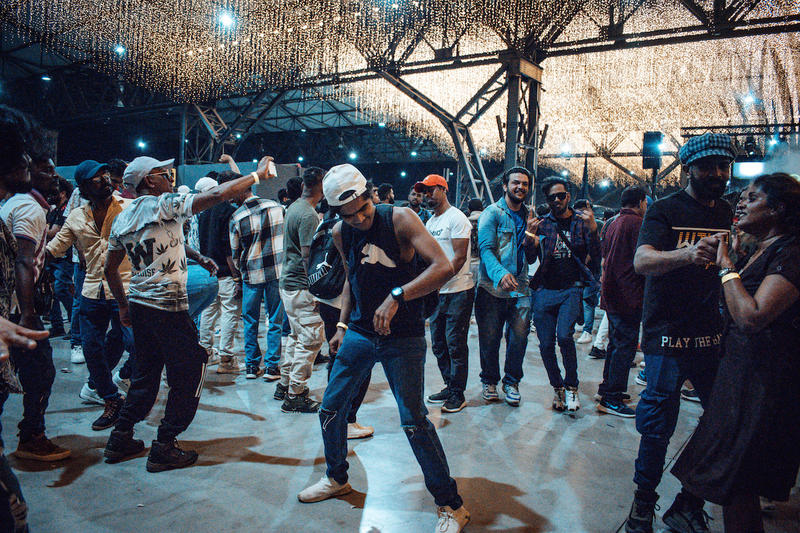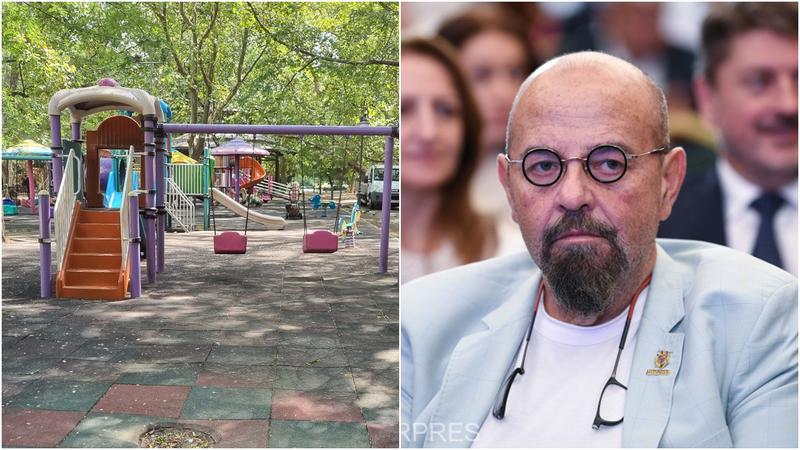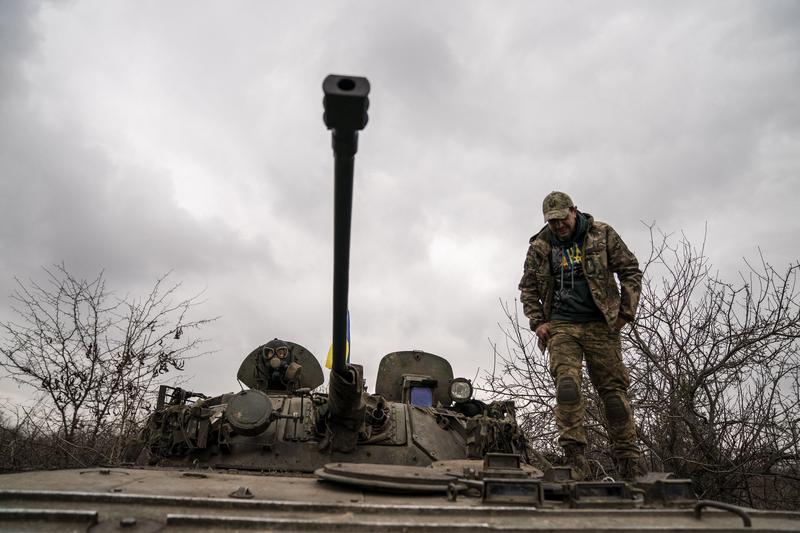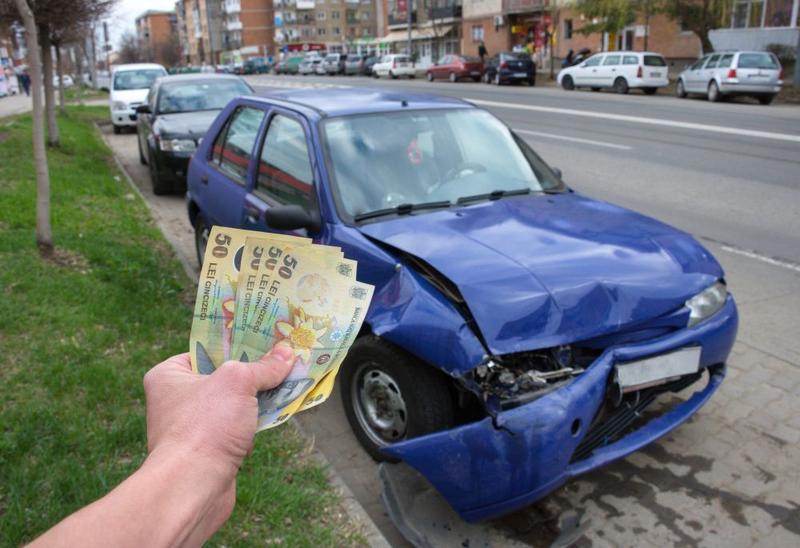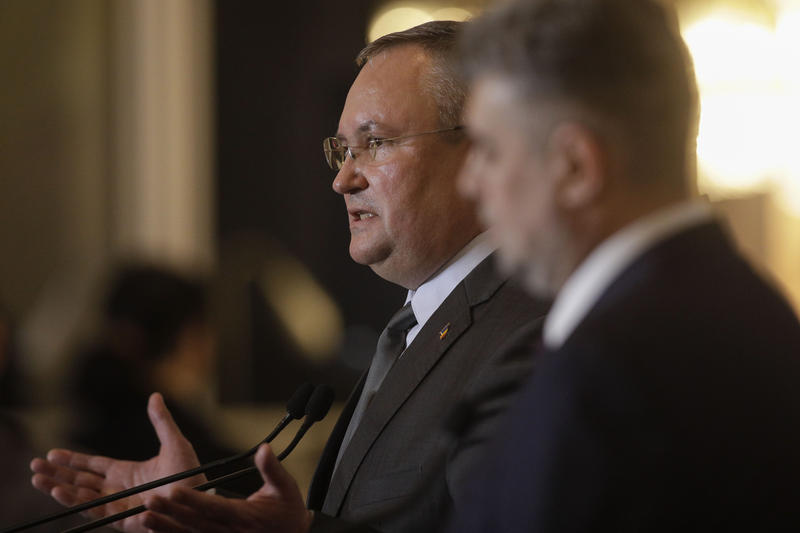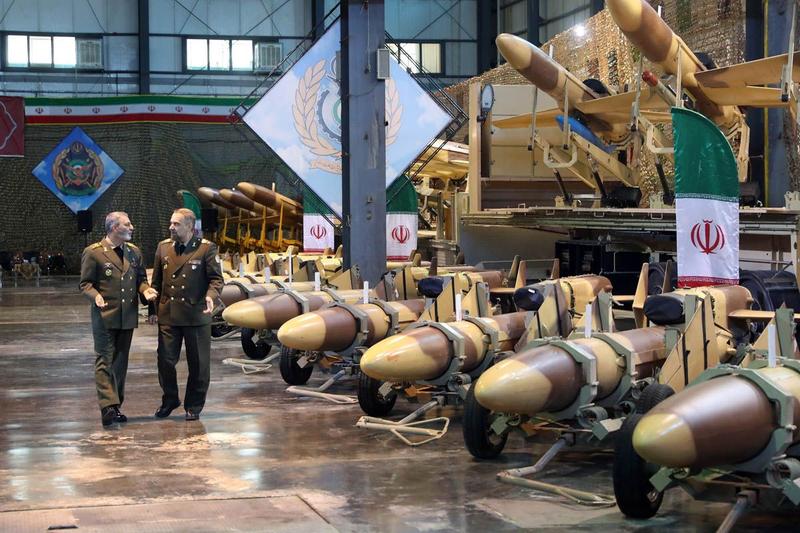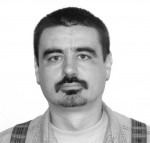Described by some as a coup d’état and by others as an unavoidable change of destiny, dictated by the end of the Cold War circumstances, the Revolution that brought down Nicolae Ceausescu is still remembered and commemorated at least for the sacrifice of many.
On December 15, 1989, a small group of people gathered in front of Laszlo Tokes, a reformed pastor in Timisoara (Western Romania), protesting against the relocation of the minister. A Securitate officer is aggressed during the day (Securitate was Ceausescu's political police at the time). During the evening, people murmur "Desteapta-te, Romane" (Wake Up, Romanian, a former Revolution anthem, in 1848).
On the 16th, the demonstration grows larger and gains an anti-Communist message. Police intervenes and the first arrests are made.
On the 17th, the demonstration becomes a popular movement. In the evening, first shots are fired against the populace.
During the following two days, the repression becomes brutal and the street demonstration looks like losing ground. Anti-Communists manage to occupy the Communist Party's headquarters in Timisoara. Corpses of the first victims are sent to Bucharest for cremation. Protests burst throughout the country.
On December 21, Ceausescu makes his final mistake, calling for a popular meeting in Bucharest and asking the population to support the violent repression against the "uprising" in Timisoara. The meeting turns against Ceausescu, who flees with a helicopter. The Revolution officially begun that day. On December 22, the Securitate troops and the Army joined the Revolution.
The official toll records 1,124 victims, 3,138 injured persons and 760 arrests.

